Why we love moo ping
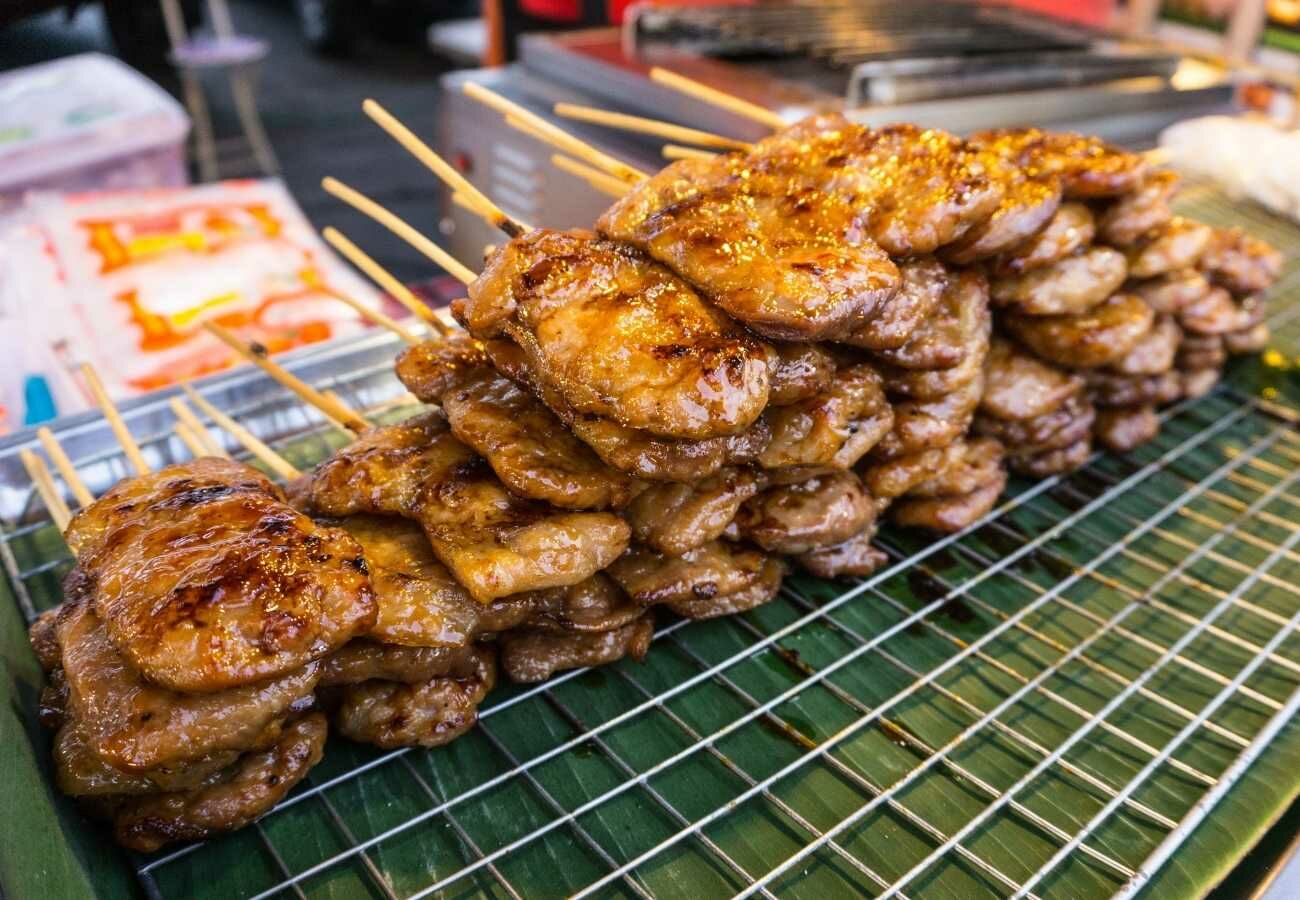
Moo ping or grilled pork skewers, is a popular Thai street food that showcases Thailand’s rich culinary traditions. Known for its straightforward preparation and deep flavour profile. Moo ping is essential for anyone exploring Thai cuisine, attracting both foodies and travellers. This dish is a cornerstone of Thailand’s dynamic food culture, offering an authentic taste of the classic flavours that define the nation.
The cultural significance of moo ping in Thailand
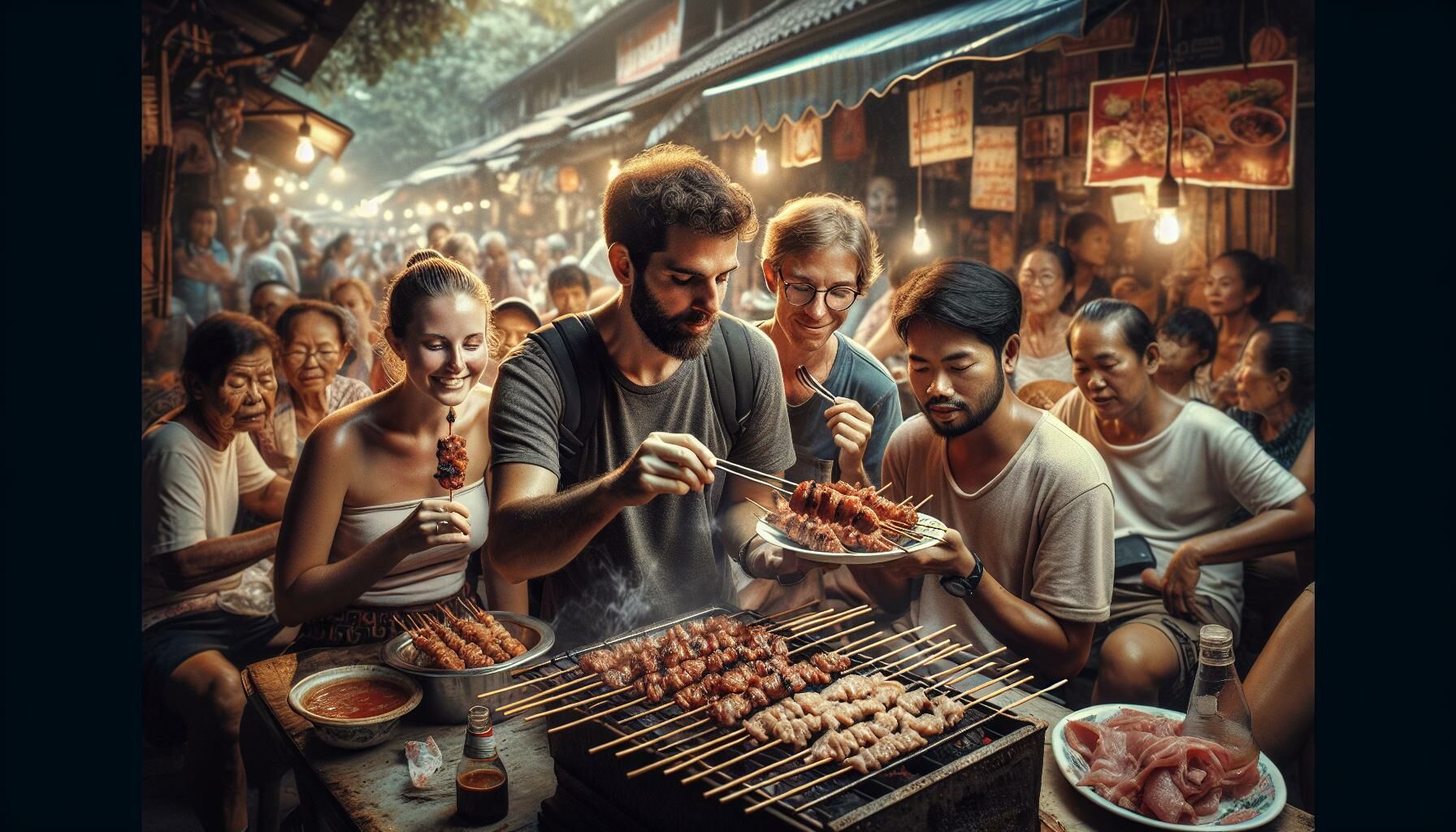
Moo ping symbolises more than simply food in modern-day Thailand; it also captures the joyous, community-oriented essence of Thai society. Accessible at vibrant street markets and upscale urban dining establishments, Moo ping functions as a social equaliser, beloved by people of all backgrounds. It is more than simply food; it is a staple of everyday life and a common sight on early morning drives, during family get-togethers, and at large celebrations. Because of its adaptability to many social contexts, the dish’s simplicity has cemented its reputation as a Thai community culinary mainstay. Furthermore, its ongoing popularity and cultural relevance are shown by its presence on social media and among Thai expatriate communities throughout the world.
What makes moo ping special?
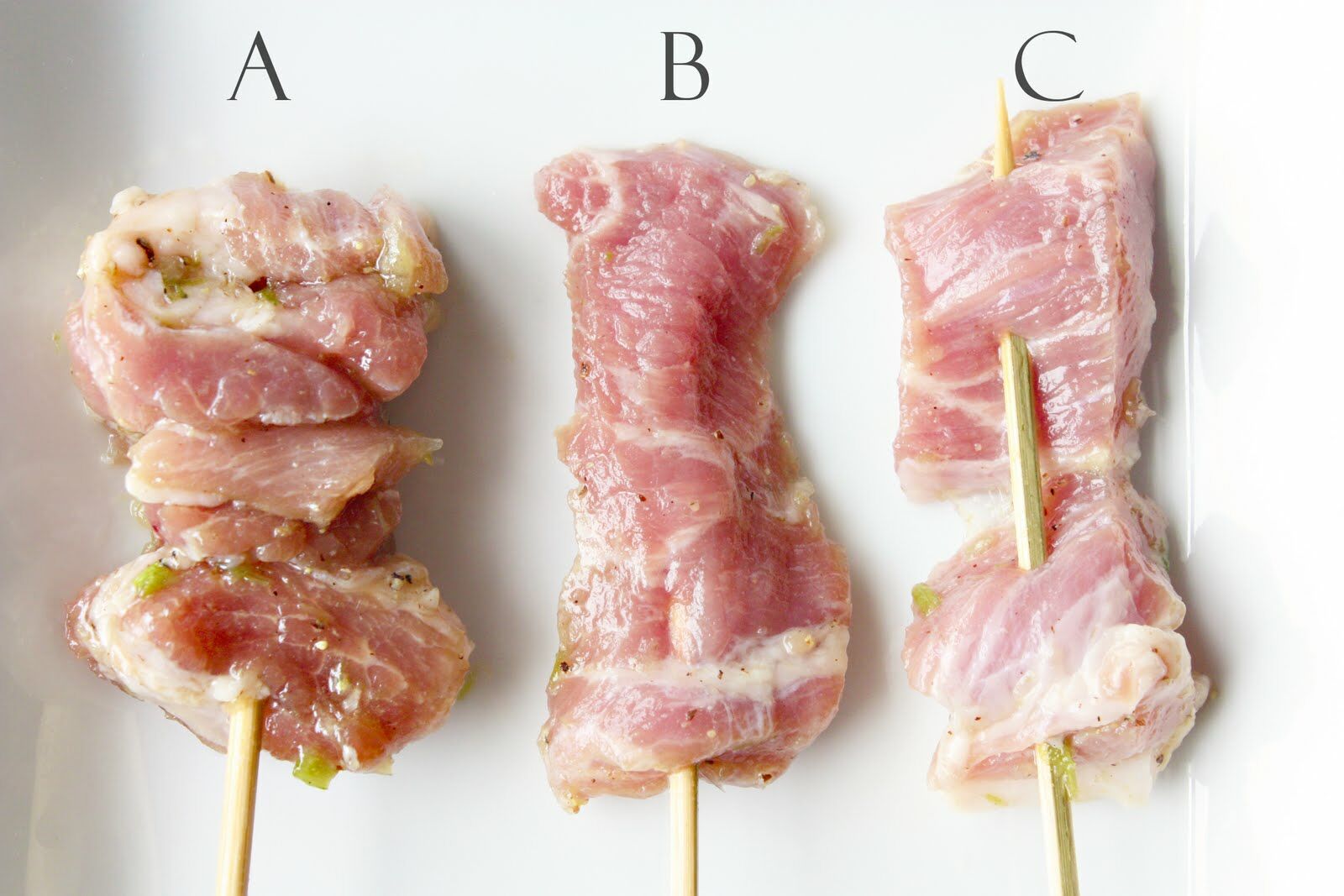
The right cut of pork
Choosing the appropriate cut of pork is essential for the ideal moo ping. Pig neck, also known as pig collar, has long been the favourite cut due to its soft texture and high-fat content. Unlike leaner cuts, pig neck keeps the skewers moist and delicious after cooking. This cut absorbs marinades well and keeps moisture after cooking, resulting in a luscious bite that is difficult to resist.
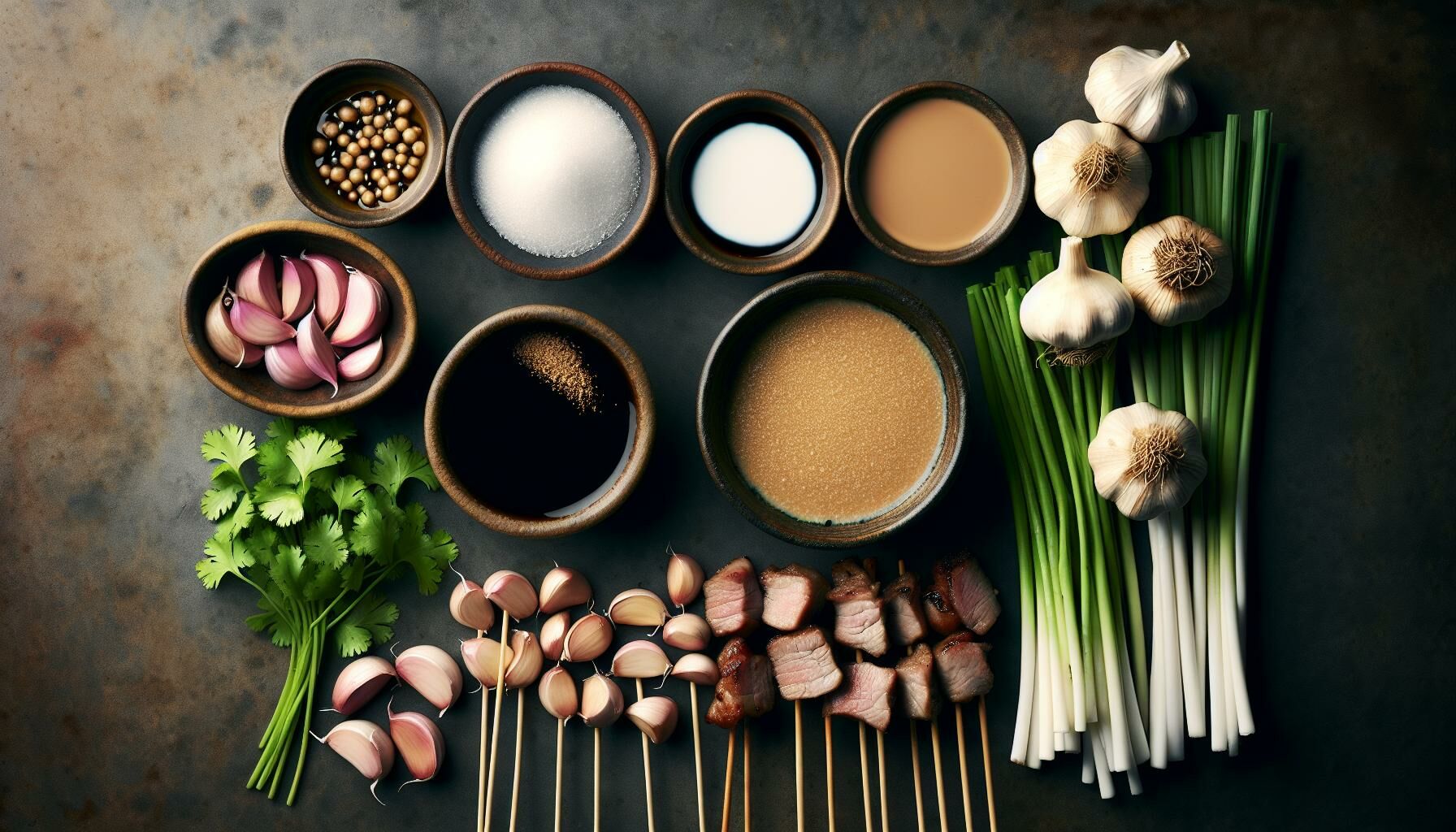
Authentic marinades and ingredients
The marinade is what distinguishes moo ping from other grilled meats. A classic moo ping marinade is a harmonic blend of traditional Thai spices like garlic, coriander roots, and soy sauce, supplemented with coconut milk and a dash of sugar to improve caramelization on the grill. These ingredients are mashed together to make a paste, which allows for deep penetration into the meat and infuses each skewer with taste. A dab of fish sauce also provides umami, which improves the entire flavour profile. The marinade’s meticulous mix of spices and herbs represents Thai culinary knowledge, which has contributed greatly to the skewers’ appeal.
The art of preparing moo ping
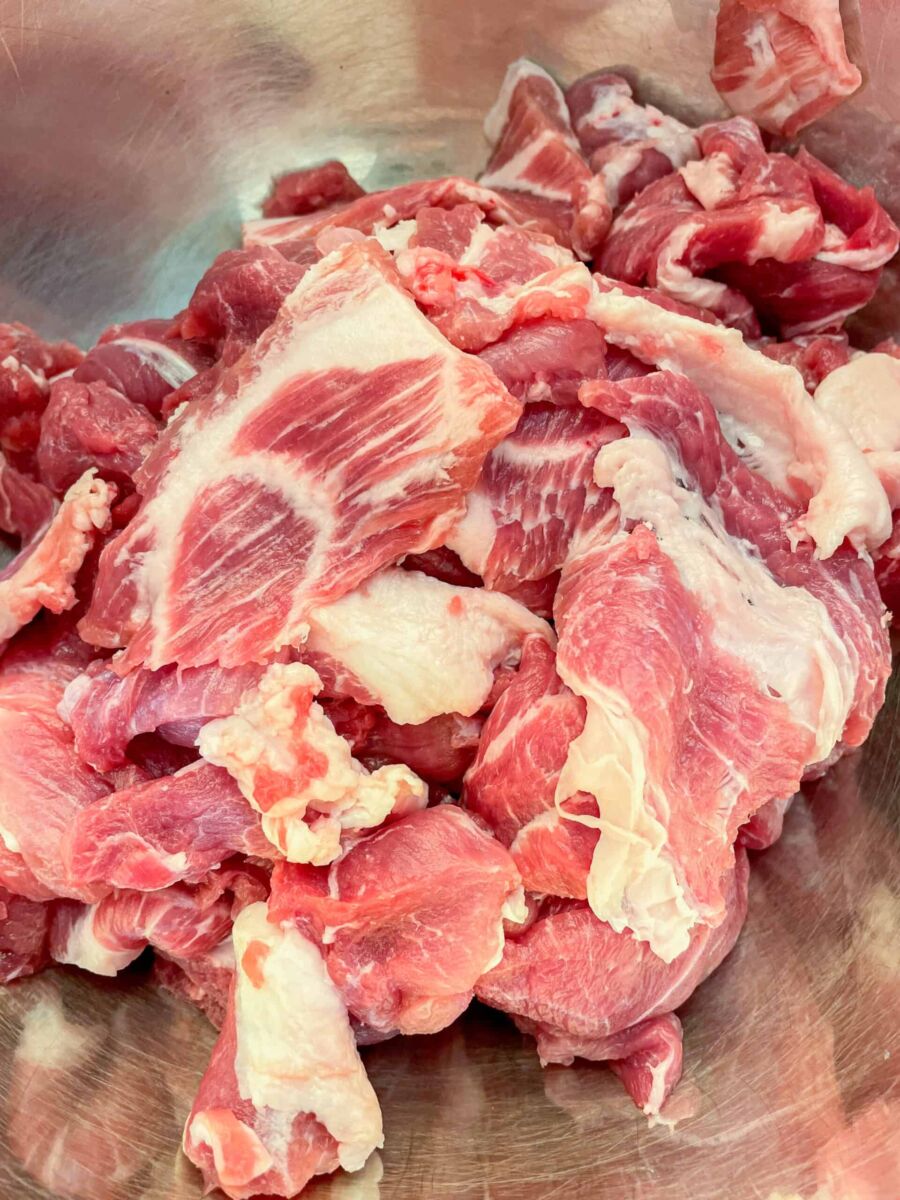
Preparing the skewers
The process of cooking moo ping requires precise attention to detail, beginning with the critical step of selecting the best piece of beef. Pork neck has always been the chosen choice because of its soft texture and meat-to-fat ratio. This cut guarantees that the skewers are juicy and delicious, which is essential for attaining the genuine taste that makes moo ping so popular.
Pork should be finely cut for best marinating results. This not only improves its cosmetic appeal but also allows the meat to properly absorb the marinade’s rich tastes. The marinade itself contains culturally significant elements like garlic, coriander roots, soy sauce, pepper, and a combination of sugar and coconut milk, which adds a delicate sweetness. These ingredients are essential for tenderising the pork and infusing it with the distinct taste profile of traditional moo ping.
Once marinated, the pork slices are affixed onto bamboo skewers that have been soaked in water beforehand. This soaking process is essential as it prevents the skewers from burning when grilled—a small yet significant step reflecting the thoughtful practices in Thai cooking techniques.
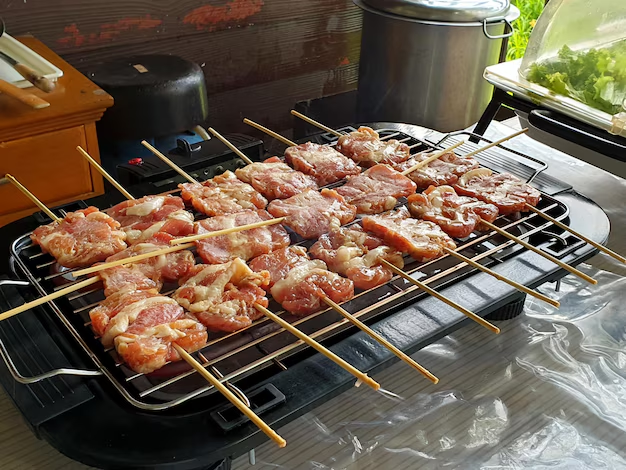
Grilling techniques
Grilling moo ping correctly is an art form that requires careful heat management and time to be flawless. The skewers are normally grilled at medium heat on a charcoal grill, imparting a smokey taste that is characteristic of Thai street cuisine. The charcoal should be carefully spread to provide a consistent cooking surface, ensuring that each skewer is perfectly blackened and juicy.
The technique entails regular rotating to let each side cook thoroughly without burning. During this procedure, the skewers are frequently coated with the leftover marinade, which adds richness to the taste and keeps the pig juicy. This continuous basting not only keeps the meat from drying out but also caramelises the sugar in the marinade, resulting in a very glossy and attractive surface.
This meticulous grilling process highlights the culinary skills honed over generations, a testament to the mastery required to prepare moo ping. Each step, from marination to the final grilling technique, is performed with precision, making moo ping not only a popular street food but also a celebrated part of Thai culinary art.
Essential accompaniments

Traditional dipping sauces
Moo ping is typically accompanied by an array of traditional dipping sauces that complement the smoky flavour of the meat. Among these, Nam Jim Jaew stands out as a tangy sauce made with tamarind, fish sauce, and dried chilli flakes. This sauce masterfully balances sour, sweet, and spicy flavours. For those seeking milder tastes, Thai sweet chilli sauce offers a flavourful yet less intense option. These sauces not only elevate the flavour profile of moo ping but also reflect Thailand’s culinary tradition of blending various flavours harmoniously.
Serving suggestions
The best way to eat moo ping is with sticky rice, which serves as a neutral basis to contrast the strong tastes of the marinated pork. Wrapped in banana leaves, sticky rice provides an earthy undertone to the dish. Fresh vegetables, such as cucumber slices and thin wedges of raw cabbage, frequently accompany the meal, providing crunch and freshness that cleanses the tongue. This mix of side dishes improves the dining experience by maintaining a balanced balance of textures and tastes in each mouthful.
Moo ping, a popular street snack in Thailand, is a representation of Thai heritage and culture. Its culinary relevance originates from its cultural and culinary value, which combines taste with a feeling of community and tradition. It is a dynamic component of Thailand’s social fabric.
Latest Thailand News
Follow The Thaiger on Google News:


























